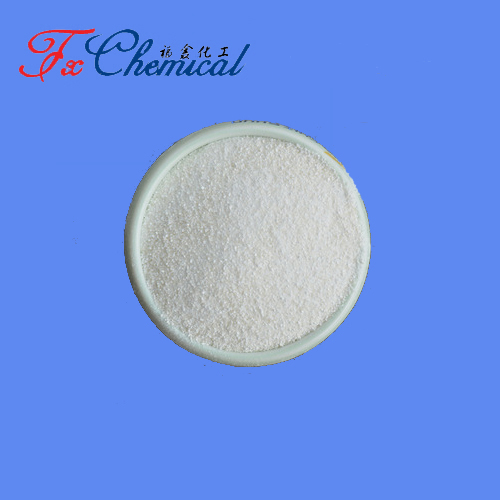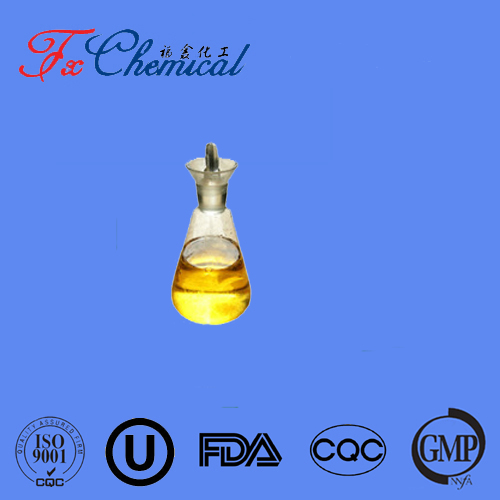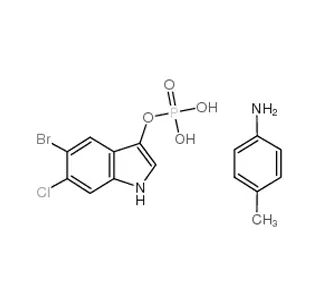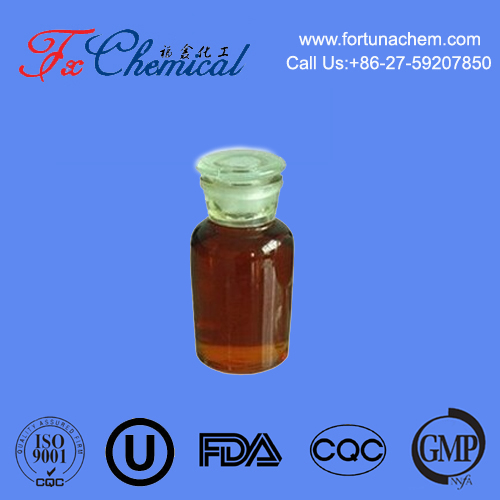
Search

Search



Tetrabutylammonium bromide (TBAB) is a chemical compound with the formula(C4H9)4NBr. It is a quaternary ammonium salt, consisting of a nitrogen atom bonded to four butyl groups (C4H9) and a bromide ion (Br⁻). It is commonly used as a phase transfer catalyst in organic synthesis, where it helps facilitate the transfer of reactants between immiscible phases, such as water and organic solvents.
Molecular Formula:C4H9NBr
Appearance: Typically a white to off-white solid or crystalline powder.
Solubility: Soluble in organic solvents like acetone, ethanol, and chloroform, but less soluble in water.
Use: Phase transfer catalyst in reactions like nucleophilic substitution, organic synthesis, and extraction processes.
Handling: It is relatively stable but should be stored in a cool, dry place away from moisture.
Tetrabutylammonium bromide (TBAB) has several important applications, especially in organic chemistry and industrial processes. Below are some of its main uses:
Role: TBAB is widely used as a phase transfer catalyst in organic synthesis. It helps in transferring reactants from one phase to another, typically from an aqueous phase to an organic phase.
How It Works: TBAB is a quaternary ammonium salt that contains a positively charged nitrogen atom, which can interact with anions (likeor halides) to increase their solubility in organic solvents. This makes the anions more reactive in the organic phase, improving reaction rates.
Example Reactions:
Nucleophilic substitution: TBAB can help in nucleophilic substitutions involving halides or other nucleophiles in aqueous and organic solvent mixtures.
Alkylation: TBAB is often used in alkylation reactions, where it facilitates the transfer of alkyl groups in reactions such as the preparation of ethers.
Acylation: It can also assist in acylation reactions, where an acyl group is transferred to a substrate.
Wittig Reaction: TBAB can be used in the Wittig reaction, which is a method for forming alkenes by reacting a phosphonium ylide with a carbonyl compound.
Halogenation Reactions: In certain halogenation reactions, TBAB can help in promoting the nucleophilic substitution of halides.
Synthesis of Heterocycles: TBAB can be used in the formation of heterocyclic compounds, especially in reactions involving nucleophilic attack on electrophilic carbon centers.
Solvent Extraction: TBAB can help in the extraction of certain ionic species from one phase to another, particularly in separating ions from aqueous solutions into organic solvents.
Ion Pairing: It is used in ion-pair chromatography and other separation techniques, where it helps to form stable ion pairs between cations and anions, which can be separated based on their different properties.
TBAB is used in certain electrochemical processes and electrolyte systems. It can be part of the electrolyte in some types of batteries or fuel cells, helping to improve the ionic conductivity and stability of the electrochemical system.
TBAB itself is a quaternary ammonium salt, and it can be used to synthesize other quaternary ammonium compounds, which are often used as surfactants or antimicrobial agents.
Michael Addition Reactions: TBAB can act as a catalyst in Michael addition reactions, where it helps in the formation of carbon-carbon bonds between α,β-unsaturated carbonyl compounds and nucleophiles.
Aldol Reactions: In certain aldol reactions, TBAB may be used to help promote the condensation of aldehydes and ketones.
TBAB can be used in the polymerization of certain monomers, especially when a phase transfer catalyst is required to facilitate the process between aqueous and organic phases.
Phase transfer catalysis for nucleophilic substitutions, alkylations, and acylations.
Organic synthesis (including Wittig and halogenation reactions).
Ion extraction and separation techniques.
Electrochemical applications.
Synthesis of quaternary ammonium salts.
Catalysis in various organic reactions such as Michael addition and aldol condensation.
In all of these applications, TBAB helps increase the efficiency and rate of reactions by facilitating the interaction of reagents that are otherwise poorly compatible in immiscible solvents.

Fortunachem Provides Not Only Professional Chemical Products But Also Professional Help
Keeping you up-to-date with all the latest information, news, and events about Fortunachem!

Quick Links
Add:
E-mail:
 English
English  Español
Español  français
français  العربية
العربية 






